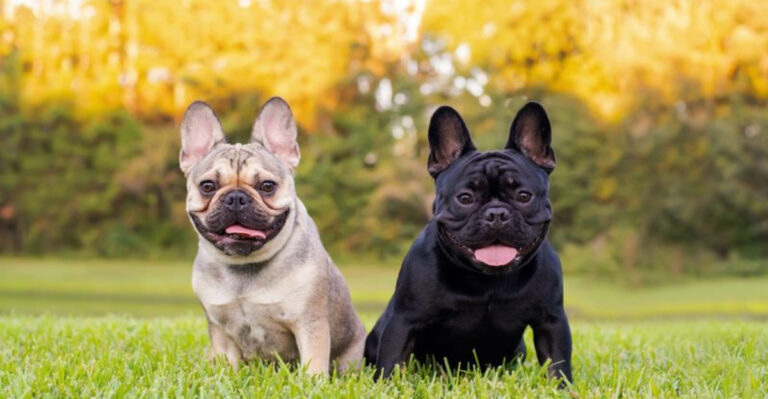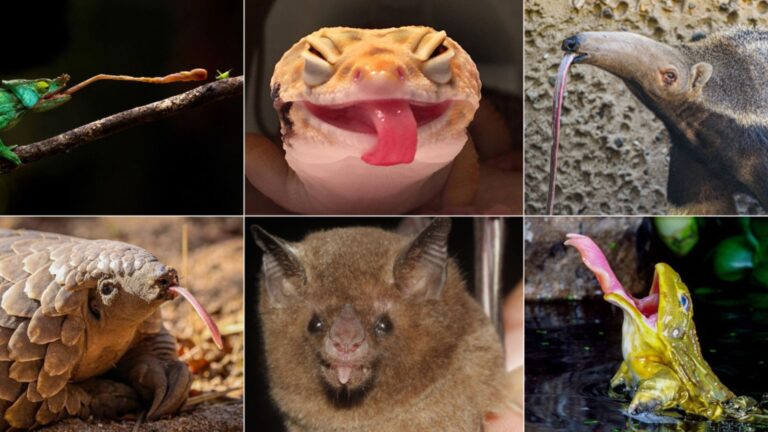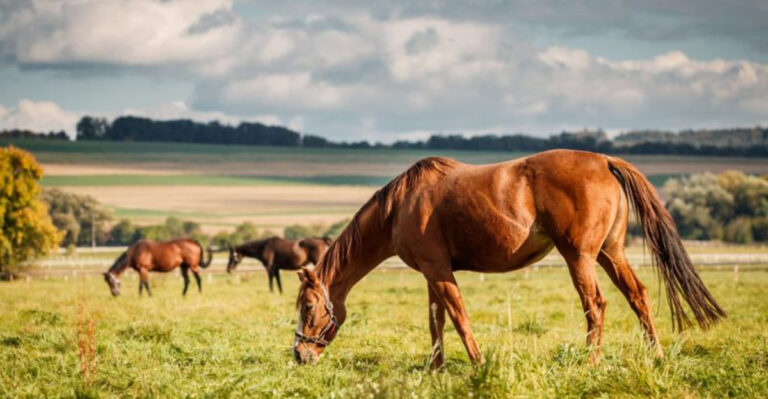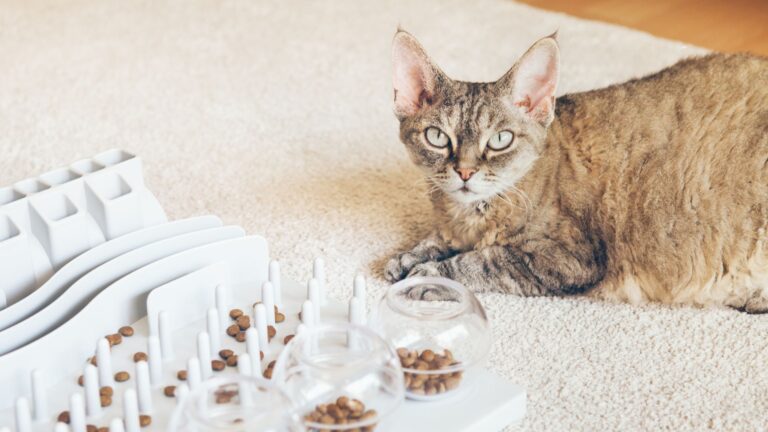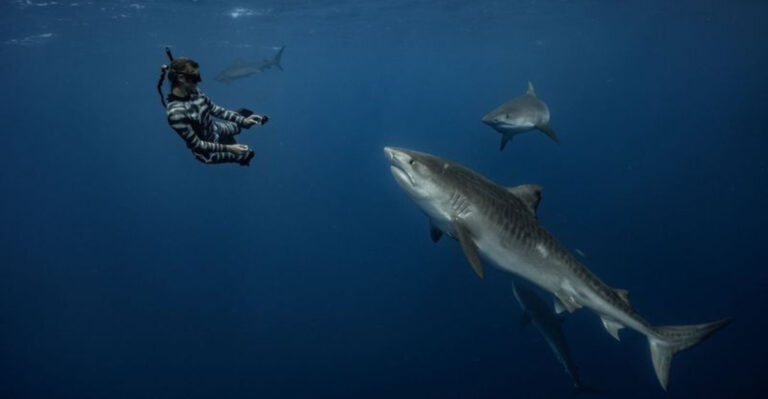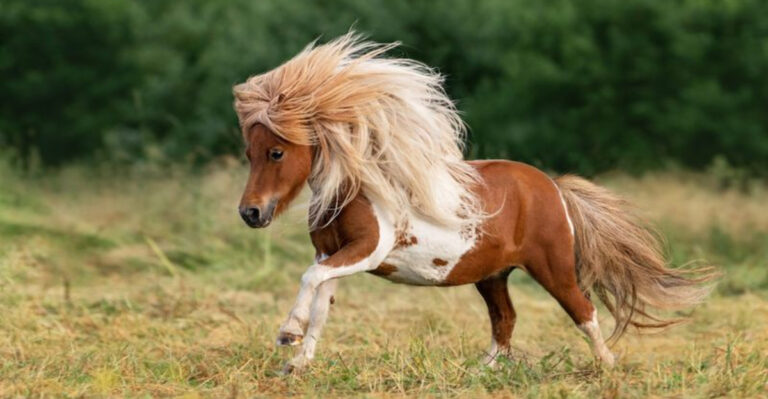12 Key Differences Between Reindeer And Caribou
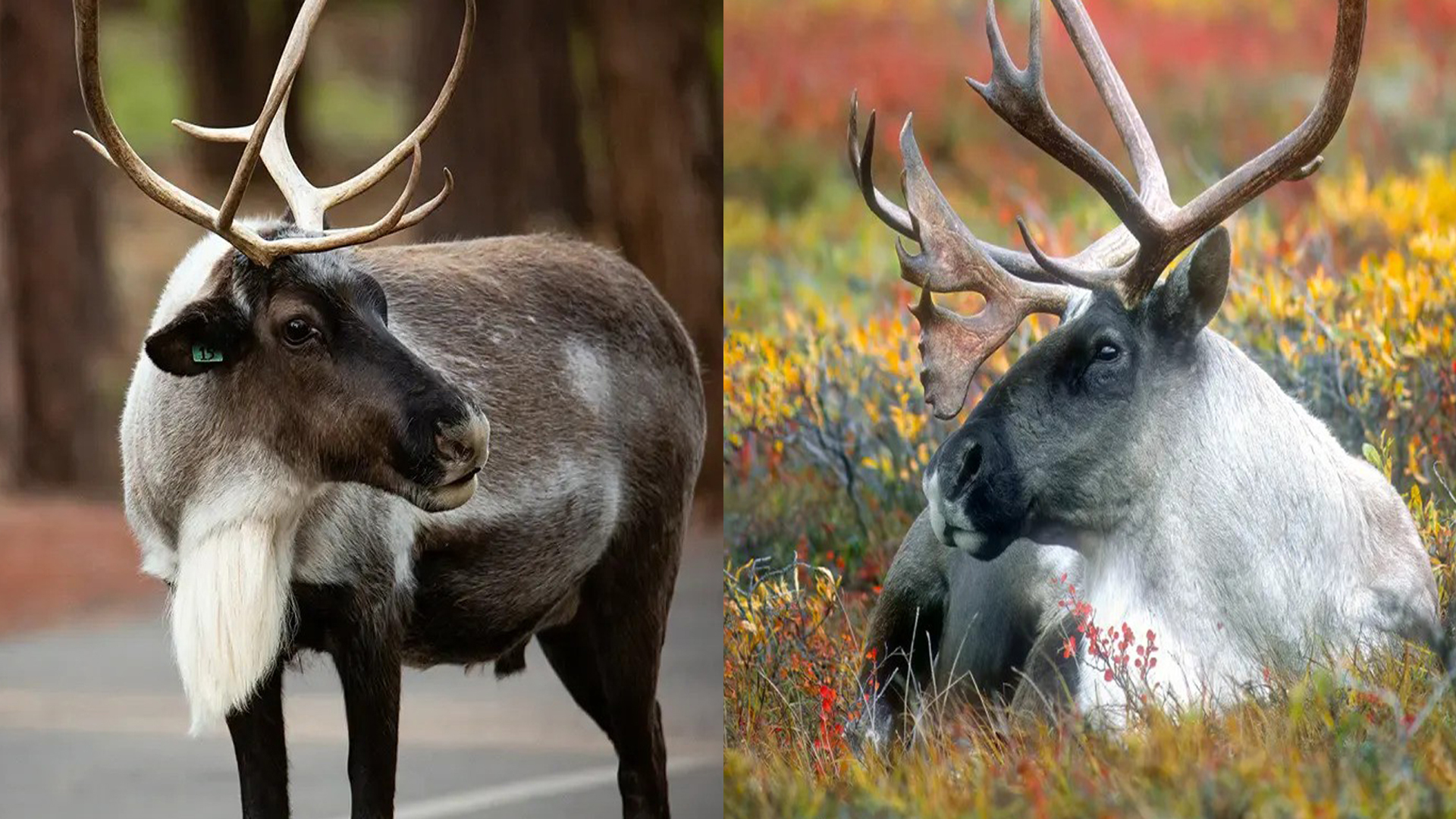
Ever wondered if reindeer and caribou are the same animal? Many people think they are, but there are actually several differences between these two magnificent creatures.
While they belong to the same species, Rangifer tarandus, they have distinct characteristics that set them apart.
1. Domestication Status
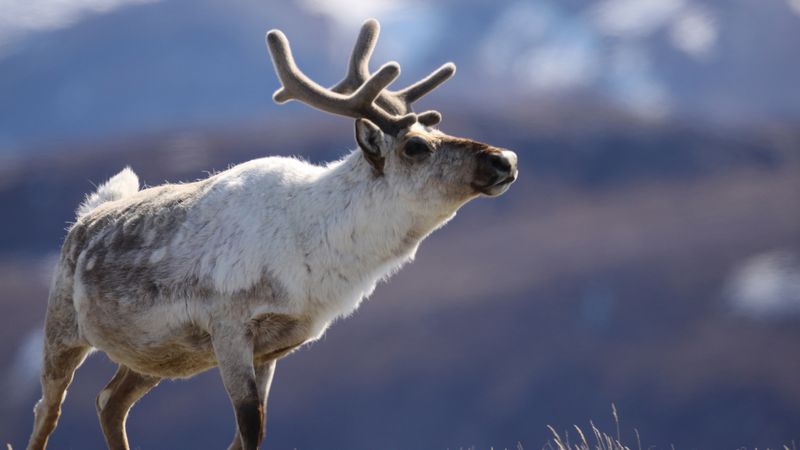
Reindeer have been domesticated for thousands of years by indigenous peoples across northern Europe and Asia. These animals pull sleds, provide milk, and serve as reliable transportation in snowy regions.
Caribou, however, remain completely wild, roaming freely across North America’s tundra without human management. This fundamental difference shapes many of their other characteristics.
2. Migration Patterns
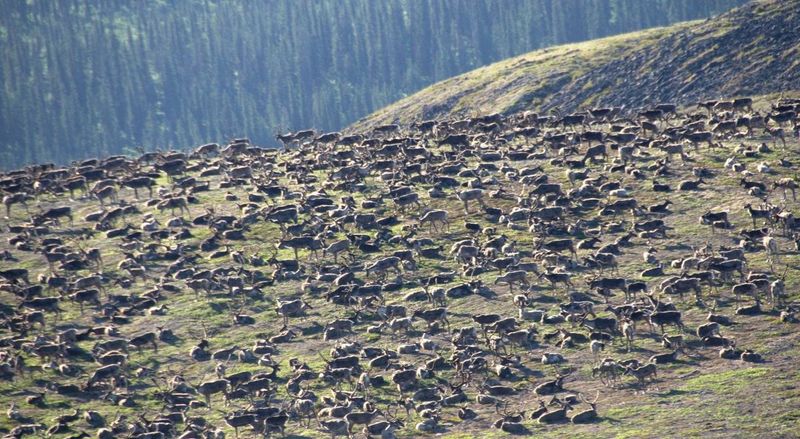
Caribou undertake one of the longest migrations of any land mammal, traveling up to 3,000 miles annually in massive herds. Their seasonal journeys take them between forest and tundra habitats in search of food.
Reindeer typically travel shorter distances and follow more predictable routes established by their human herders. Their movements are often controlled to access optimal grazing grounds.
3. Body Structure
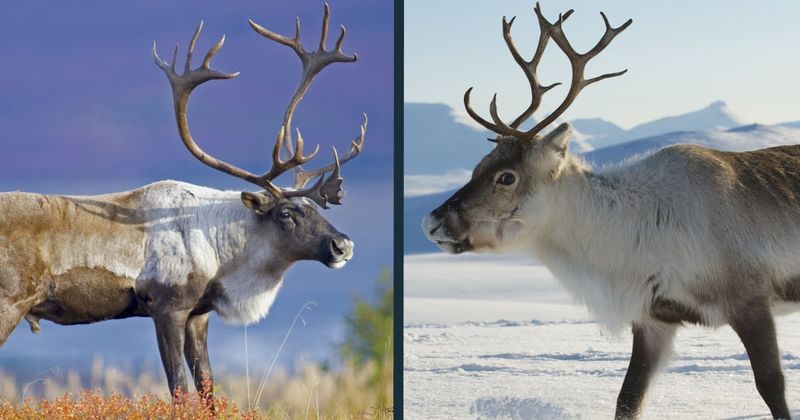
Look closely at their body shapes and you’ll notice reindeer tend to be stockier and shorter than their wild cousins. Centuries of selective breeding have resulted in animals better suited for pulling sleds and carrying loads.
Caribou generally have longer legs and more slender bodies, adaptations that help them travel efficiently during their extensive migrations across challenging terrain.
4. Facial Features
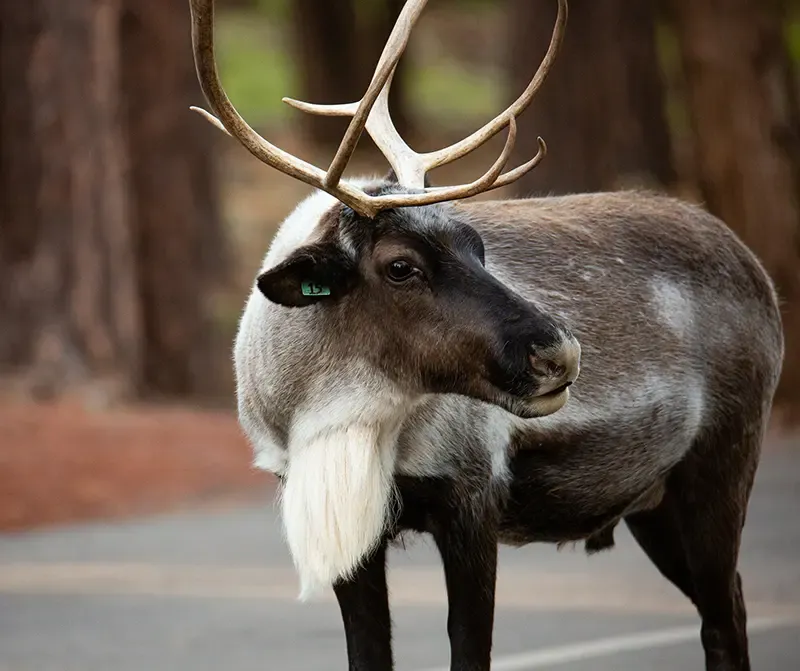
The faces of these animals tell different stories. Reindeer typically have shorter, broader faces with a more domed forehead. Their eyes often appear slightly larger relative to their head size.
Caribou possess longer, more narrow facial structures with a flatter profile. Next time you see photos of these animals, check out their faces to spot this subtle but noticeable difference.
5. Antler Configuration
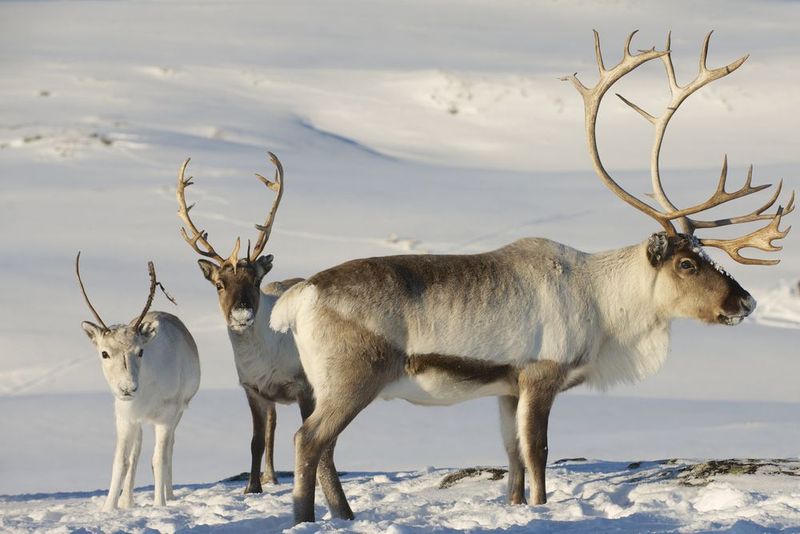
Both males and females grow antlers in these species, but there are differences in their design. Reindeer antlers tend to be more compact and dense, with more branches and a somewhat rounder overall shape.
Caribou antlers typically grow longer and more slender, with pronounced forward-projecting brow tines. These variations reflect different evolutionary pressures and uses in their respective environments.
6. Fur Coloration
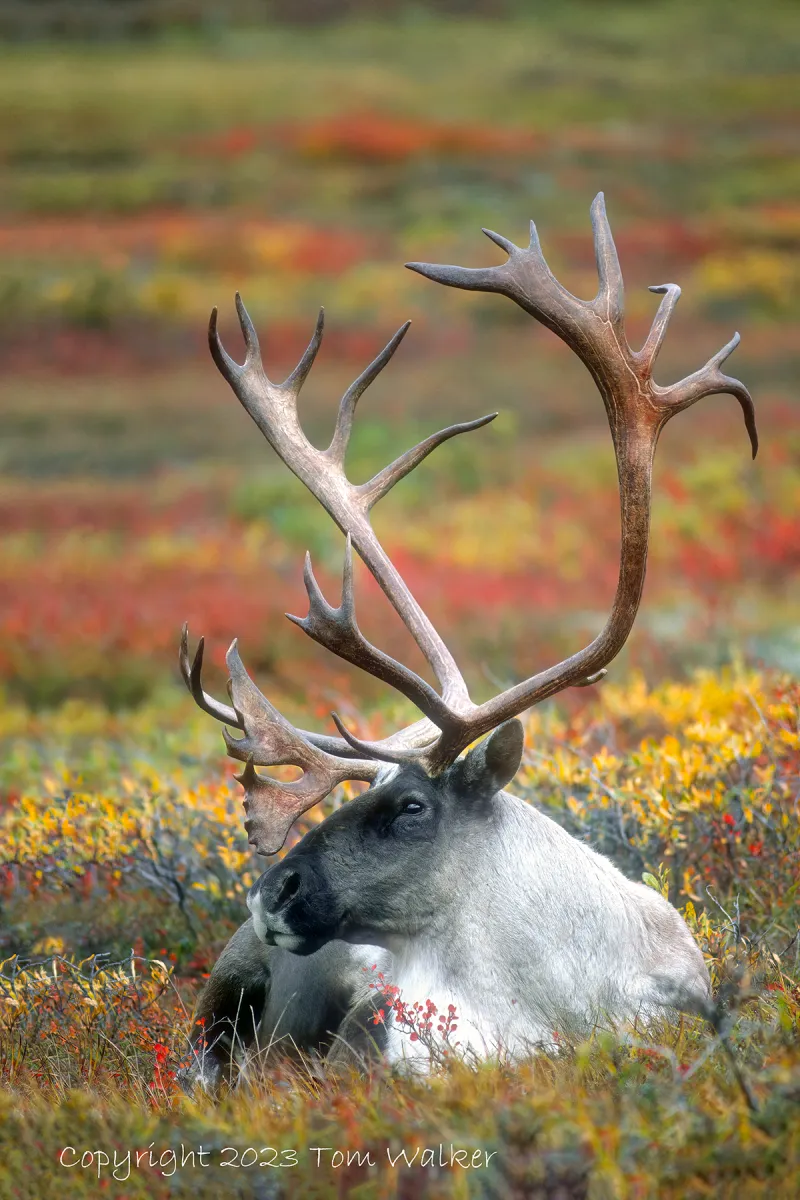
The coat color between these animals shows noticeable variation. Reindeer fur is often lighter, ranging from almost white to medium brown, helping them blend into snowy landscapes where they typically live.
Caribou display darker coats, particularly during summer months, with colors ranging from dark brown to nearly black on their backs. Their winter coats lighten somewhat but remain darker than their domesticated relatives.
7. Hoof Adaptations
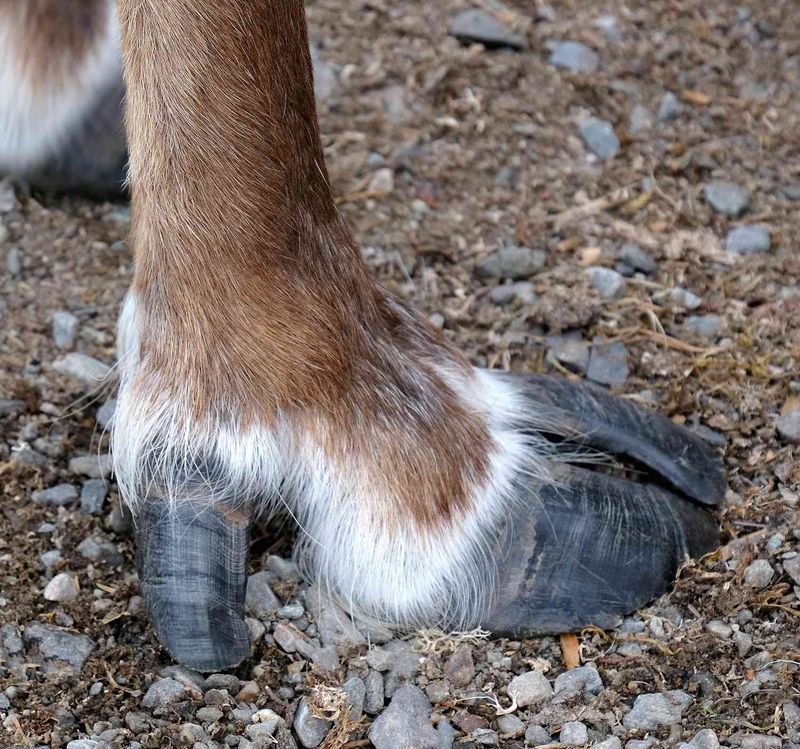
The hooves of these animals show fascinating seasonal changes. During summer, reindeer hooves become soft and spongy, providing better grip on wet ground. Winter brings harder, more compact hooves that can dig through snow to find food.
Caribou hooves undergo more dramatic seasonal changes, expanding up to 35% in winter. This creates a snowshoe effect that helps them walk on deep snow without sinking.
8. Diet Preferences
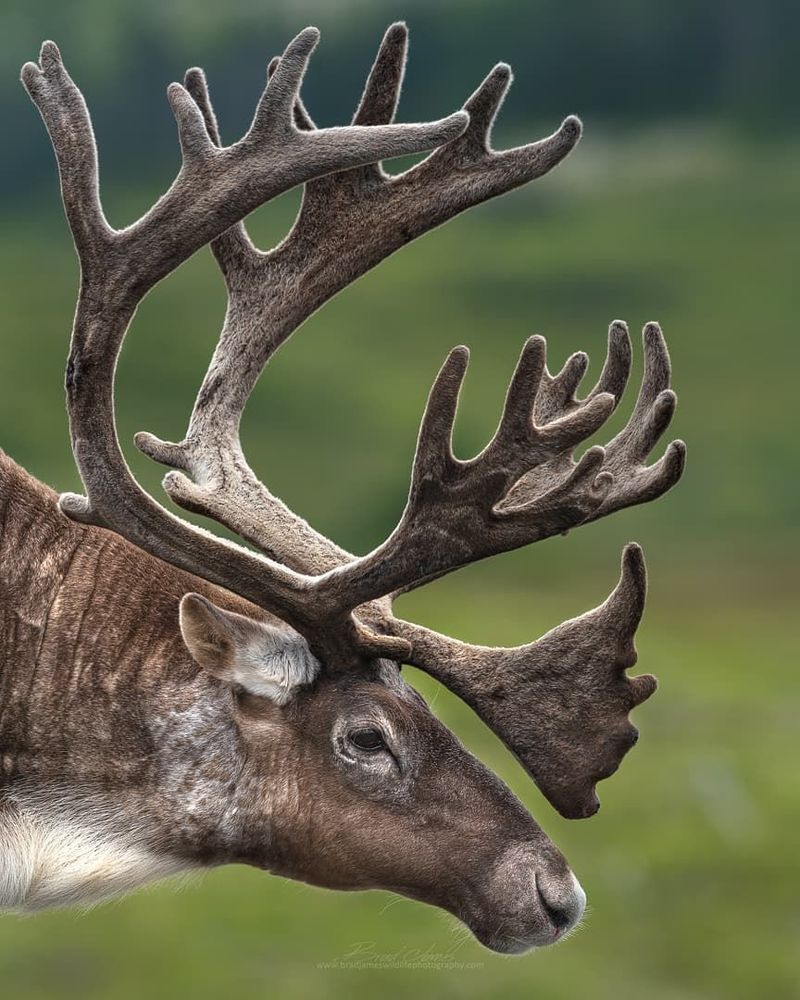
While both animals enjoy similar foods, their preferences show subtle differences. Reindeer, under human management, often have access to supplemental feed during harsh winters, reducing their reliance on natural foraging.
Caribou must find all their nutrition in the wild, focusing heavily on lichen during winter months. Their digestive systems have specialized adaptations that allow them to extract maximum nutrition from this difficult food source.
9. Social Behavior
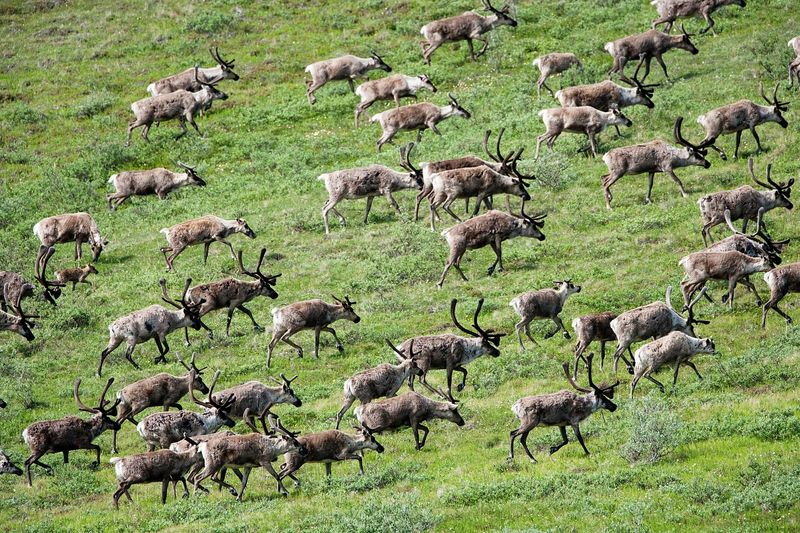
Reindeer herds are typically smaller and more closely managed by humans. Their social structure has been influenced by generations of domestication, making them more comfortable with human presence and direction.
Caribou form massive natural herds that can number in the hundreds of thousands during migration seasons. Their complex social behaviors evolved without human interference, resulting in distinct communication patterns and herd dynamics.
10. Geographic Distribution
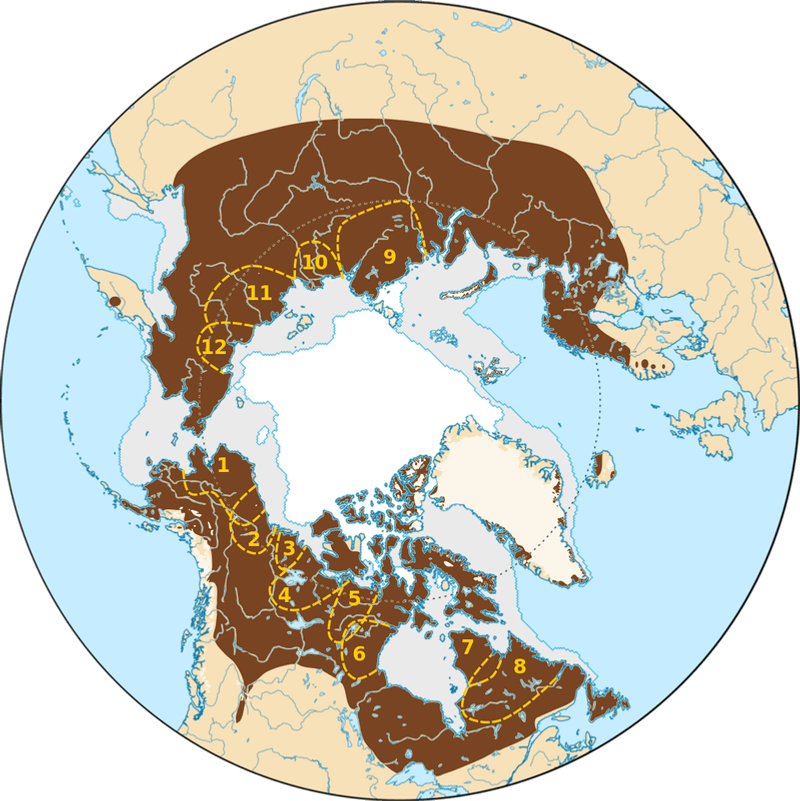
Reindeer populations are concentrated in northern Europe and Asia, particularly in countries like Norway, Finland, Russia, and Mongolia. Their distribution largely follows the patterns of indigenous peoples who domesticated them.
Caribou roam across North America, from Alaska through Canada and into the northernmost United States. Their range corresponds to the available tundra and boreal forest habitats rather than human settlement patterns.
11. Cultural Significance
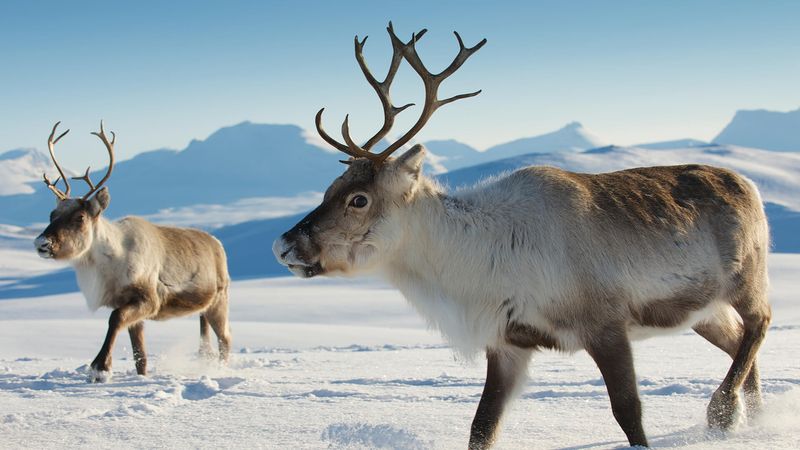
Reindeer hold special importance in European and Asian cultures, featuring prominently in folktales, holiday traditions, and economic systems of northern peoples. The famous Christmas connection stems from these domesticated animals.
Caribou play central roles in Native North American traditions, particularly among Arctic and Subarctic peoples. They represent sustenance, spiritual connections, and ecological knowledge in these indigenous cultural contexts.
12. Conservation Status
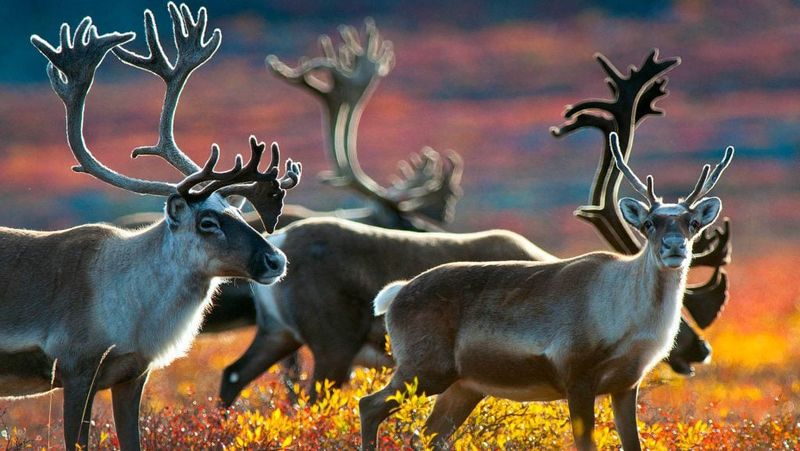
Reindeer populations face different challenges than their wild counterparts. As managed animals, their numbers depend largely on human decisions about herd sizes and economic factors related to herding practices.
Caribou face serious conservation concerns, with many herds experiencing dramatic population declines. Climate change, habitat fragmentation, and industrial development threaten their traditional migration routes and food sources, putting their future at risk.

